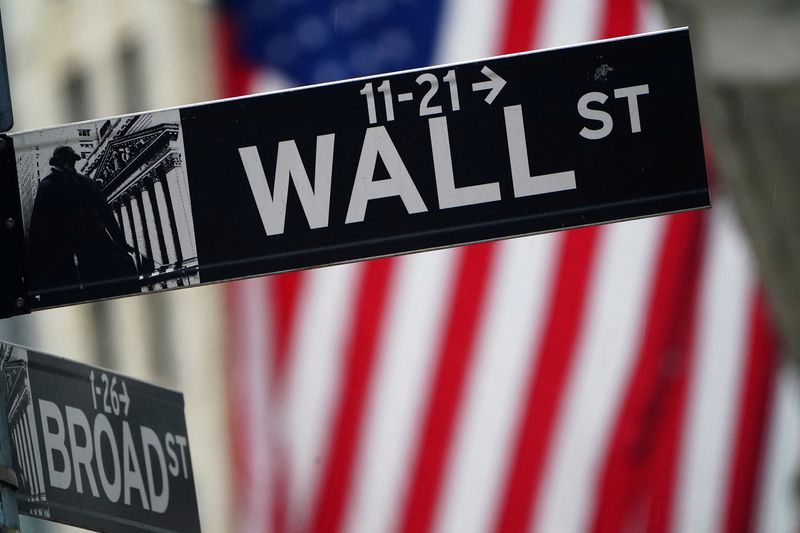By Echo Wang
(Reuters) -The Nasdaq and Nasdaq closed marginally lower on Friday, pressured by a decline in Nvidia (NASDAQ:) shares for a second straight day, dragging down the technology sector.
Technology was the biggest loser among the S&P 500’s 11 major sectors, down 0.84%, led by Nvidia, while communications services led the gains.
“It’s Nvidia’s game, and the rest of us are just pretending we’re here,” said Michael Green, chief strategist at Simplify Asset Management in Philadelphia.
“Basically all activity is now focused on Nvidia’s call options,” he added. “Seven million options contracts that Nvidia has traded. That’s something in the neighborhood of three or four times the amount of contract volume that would have been traded in total for the market five years ago.”
The S&P 500 lost 8.55 points, or 0.16%, to 5,464.62 and lost 32.23 points, or 0.18%, to 17,689.36.
Shares of megacaps Microsoft (NASDAQ:), Alphabet (NASDAQ:), Amazon.com (NASDAQ:) rose between 0.92% and 1.89%. Apple (NASDAQ:) fell 1.04%.
“We have had a very strong run in recent weeks, especially in the S&P. So I’m not surprised that things are calming down and settling down a little bit,” said Zachary Hill, head of portfolio management at Horizon Investments in Charlotte, North Carolina.
Friday’s trading could be more volatile than normal due to triple witching, the simultaneous expiration of stock options, stock index options and stock index futures.
US business activity reached a 26-month high in June, amid a recovery in employment, while easing price pressures suggested the recent inflation slowdown could continue.
The flash services PMI rose to 55.1 this month, above expectations of 53.7, while the manufacturing PMI rose to 51.7, versus expectations of a dip to 51.
Home sales in May fell to a seasonally adjusted annual rate of 4.11 million units, compared to expectations of 4.10 million units.
Money markets are still pricing in a 58% chance of a 25 basis point rate cut in September, and still expect about two rate cuts this year, according to LSEG’s FedWatch data.
AI chip maker Nvidia fell 3.22%, while semiconductor stocks Qualcomm (NASDAQ:), Broadcom (NASDAQ:) and Micron Technology (NASDAQ:) fell between 1.36% and 4.38%.
Wall Street’s huge gains since the last stretch of 2023 have been driven mainly by stocks like Nvidia and a handful of other heavily weighted stocks tied to artificial intelligence. However, analysts have expressed concerns about whether the surge in their valuations is sustainable.
Shares of Spirit AeroSystems (NYSE:) rose 6.00% after a report from Reuters that Boeing (NYSE:) is nearing a deal to buy back the aircraft parts supplier after months of talks.
Zarephath Therapeutics (NASDAQ:) rose 30.14% after the US FDA allowed expanded use of the company’s gene therapy for patients with Duchenne muscular dystrophy aged four years and older.
On the NYSE, decliners outnumbered advancers by a ratio of 1.03 to 1. There were 98 new highs and 73 new lows on the NYSE.

The S&P 500 posted 23 new highs and two new lows over the past 52 weeks, while the Nasdaq Composite posted 34 new highs and 186 new lows.
Volume on U.S. exchanges was 17.68 billion shares, compared to the full-session average of 12.05 billion over the past 20 trading days.


